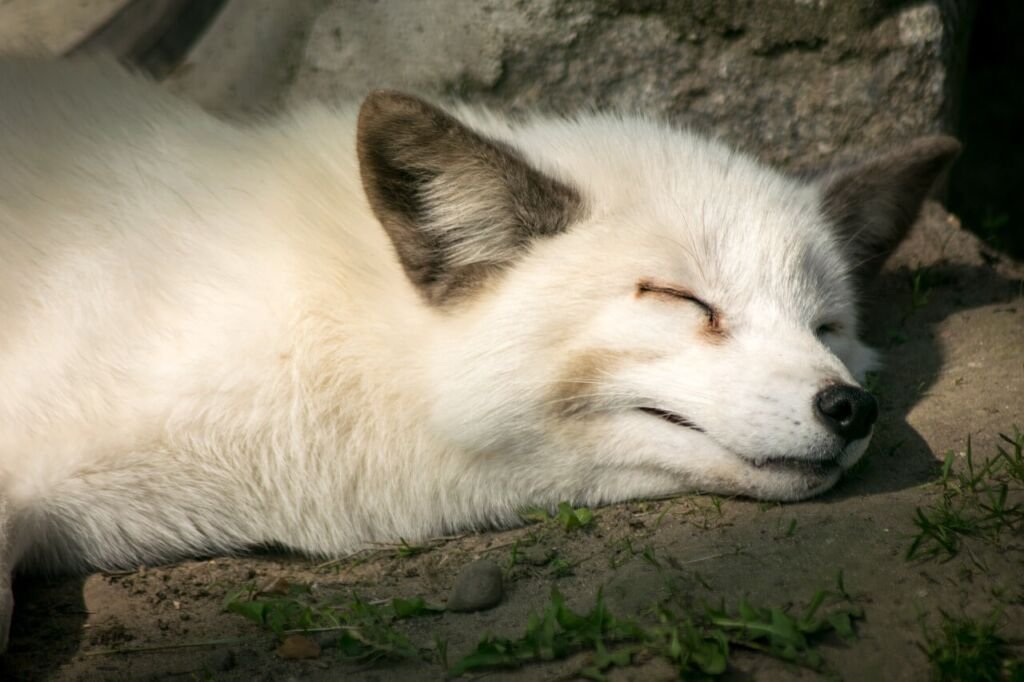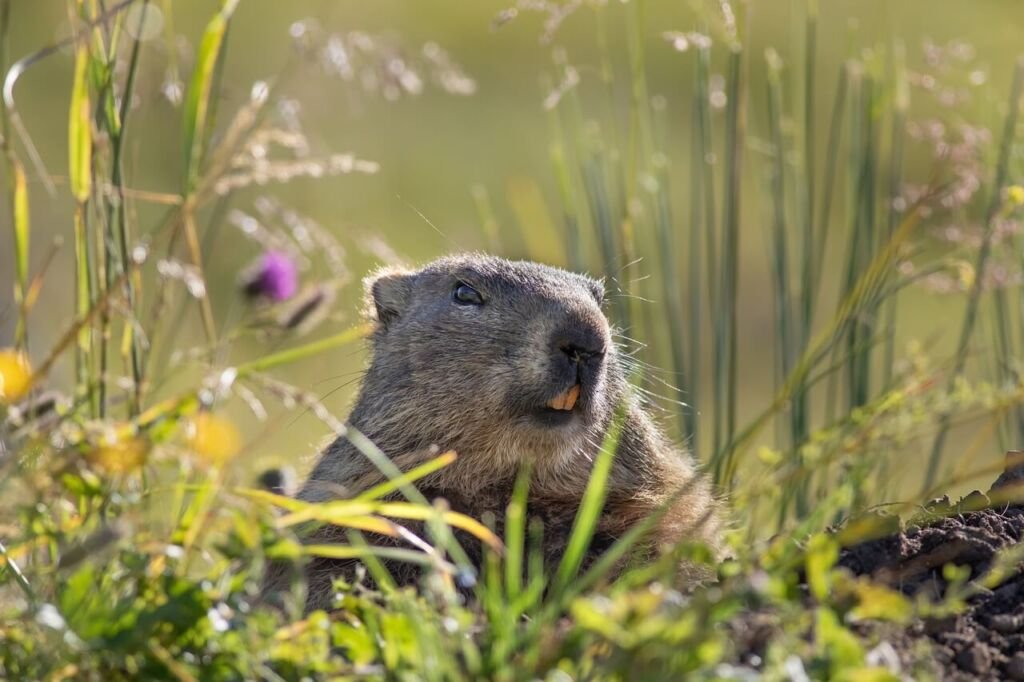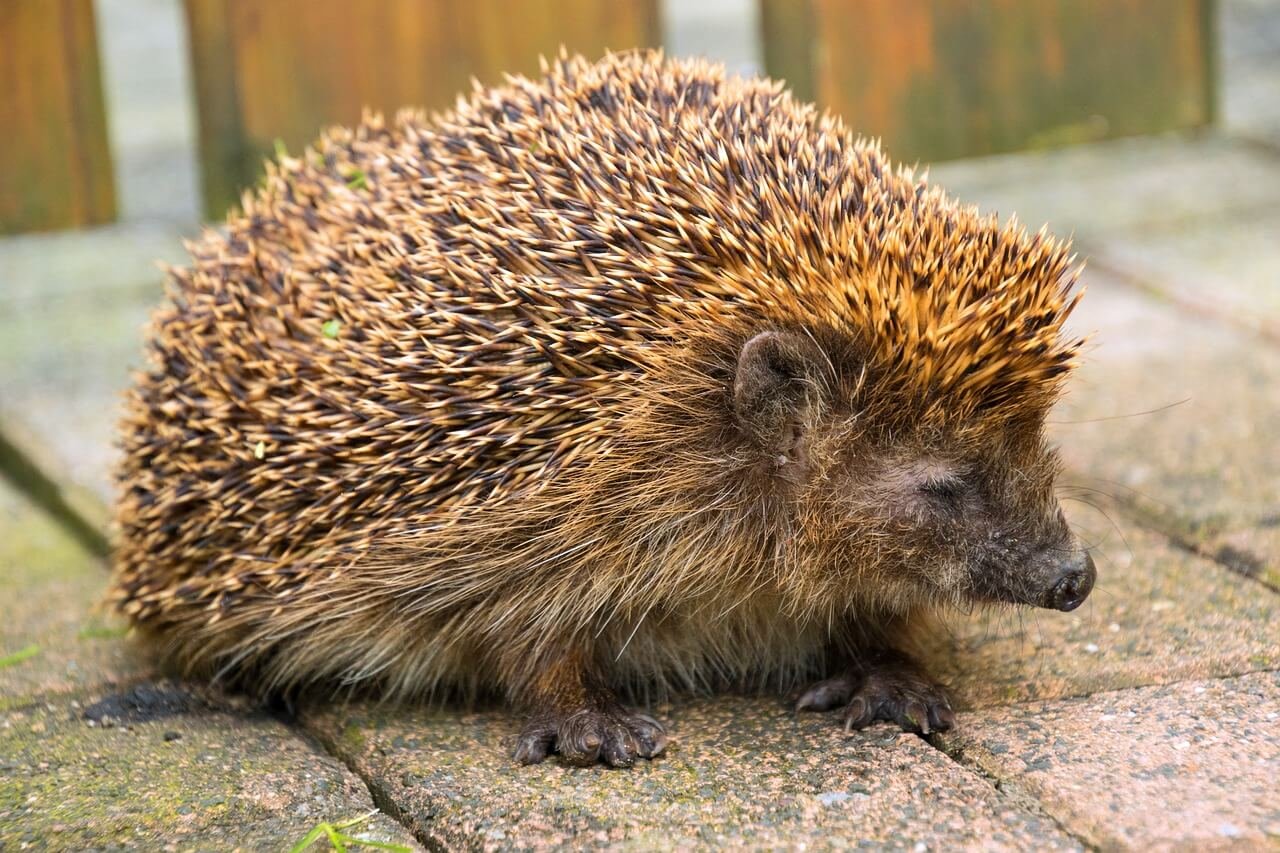As winter approaches, many animals retreat to their dens or burrows to escape the harsh winter weather. This behavior, known as hibernation, allows animals to conserve energy and survive through the long winter months. But how do animals hibernate, and what are the scientific processes behind this fascinating behavior? In this post, we’ll explore the science behind hibernation and learn more about this amazing natural phenomenon.
1. Hibernation is a state of deep sleep.

During hibernation, animals enter a state of deep sleep that allows them to conserve energy and survive through the winter. This sleep is different from normal sleep – it’s much deeper and lasts for much longer. Animals in hibernation can go weeks or even months without eating or drinking.
2. Hibernating animals lower their body temperature.
One of the most remarkable aspects of hibernation is that hibernating animals lower their body temperature. This process, known as torpor, slows down the animal’s metabolic rate and allows them to conserve energy. Some hibernating animals, like the arctic ground squirrel, can lower their body temperature to near freezing.
3. Hibernating animals have a slow heart rate and breathing.
During hibernation, hibernating animals have a slow heart rate and breathing. This allows them to conserve energy and reduce the need for oxygen. Some hibernating animals, like the black bear, can lower their heart rate from 40-50 beats per minute to just 8-12 beats per minute.
4. Hibernation is triggered by changes in daylight.
Hibernation is triggered by changes in daylight. As the days get shorter and the nights get longer, hibernating animals start to prepare for winter. They begin to store food and fat, and their bodies start to produce hormones that induce hibernation.
5. Some animals hibernate in groups.

Some animals, like bats and ground squirrels, hibernate in groups. This behavior allows them to conserve heat and energy, and it also provides protection from predators. Hibernating animals often choose locations that are difficult for predators to access, such as underground burrows or caves.
6. Hibernation is not the same as sleep.
While hibernation may seem like a form of deep sleep, it’s actually a very different process. During hibernation, hibernating animals go into a state of suspended animation, where their bodies slow down almost to a stop. This is very different from sleep, where the brain is still active and the body is still processing information.
7. Hibernation is not unique to mammals.
While mammals are the most well-known hibernators, other animals also undergo similar forms of winter dormancy. Reptiles, amphibians, and even some insects hibernate during the winter months. These animals use different methods to enter into a state of dormancy, but the goal is always the same: to survive through the winter.
Conclusion:
Hibernation is a remarkable natural phenomenon that allows animals to survive through the harsh winter months. By slowing down their metabolic rate and lowering their body temperature, hibernating animals are able to conserve energy and stay alive until spring. While hibernation is still not fully understood, scientists are continuing to study this fascinating process and learn more about the science behind winter dormancy. By understanding how animals hibernate, we can gain a greater appreciation for the natural world and the amazing ways in which animals adapt and survive in their environments.
